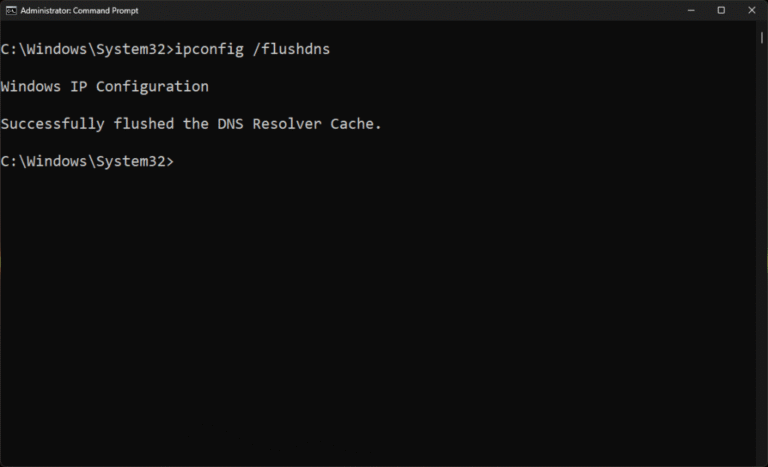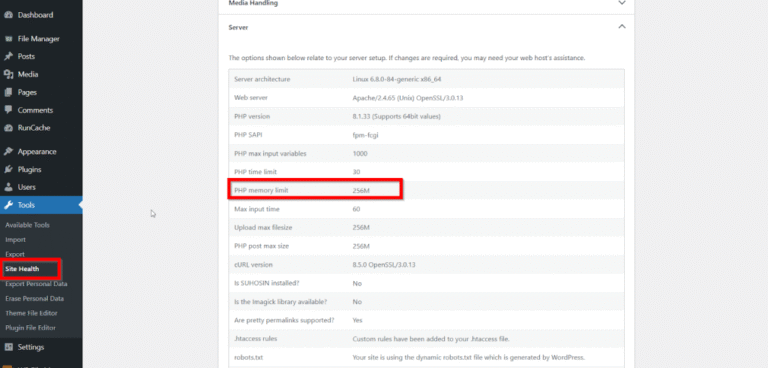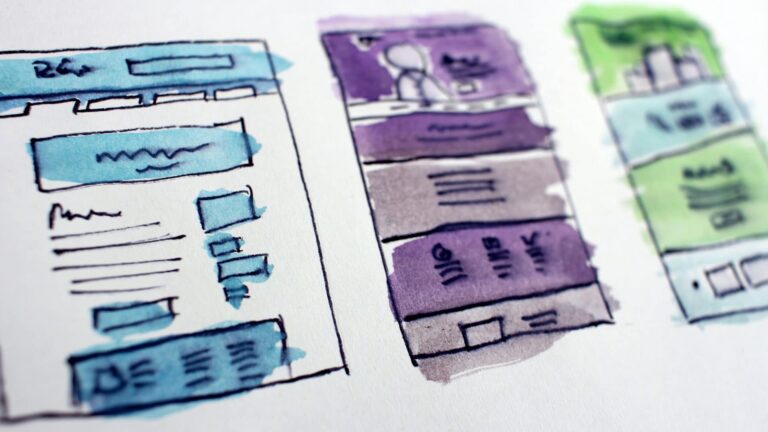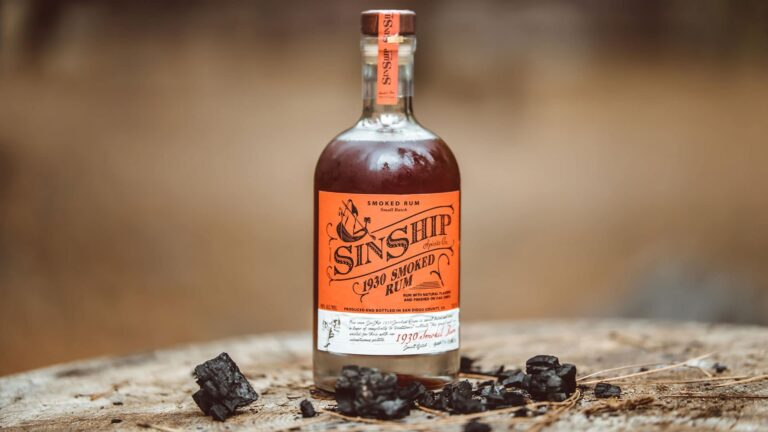
By introducing the brand to prospects
Contents
A prospect will buy a product only when he/she notices the product. In today’s world, where hundreds of products are crammed onto the same shelf, good packaging is essential to catch the buyer’s attention.
Brands need to use a good combination of bright and light colors to draw eyeballs. A differently-shaped package can also attract attention, purely because of its novelty. Often, all that is needed is a few seconds of attention for compelling packaging to convert a competitor’s customers.
By mimicking the closest competitor
This ties into the previous point.
You may have noticed, particularly in the food & beverage industry, how there are so many similarly-packaged products. When we say “similarly packaged”, we’re referring to a similar color scheme, design shape, packaging material quality, and sometimes even the shape of the logo. You may even have been taken-in by the copy-cat packaging and have picked up a box of biscuits/chips that were not from the brand you wanted.
Product packaging is powerful in confusing buyers into choosing alternative brands. When used ethically, brands make only minor changes to the packaging, so they are somewhat similar to their competitors.
The resemblance in packaging appearance has a psychological impact. The common colors, materials, and designs remind you of your favored brand. This increases the buyers’ trust in the brand because they start to equate the packaging design to quality and comfort.
By using color psychology to increase the urge to buy
Colors play a very huge role in customer decision-making. In fact, did you know, 85% of customers buy a product because of its color?
Certain colors elicit specific psychological responses in humans. This is a result of our primal visual instincts and our cultural connotations for certain colors. For example:
- Yellow is bright, sunny, and generates a happy sensation. This is why many retail stores use products with yellow-colored packaging at the window or near the entrance. It makes the store seem welcoming.
- Green reminds people of trees and plants. It puts us at ease and reduces stress. If a brand wants to recreate this feeling of meditative calm and trust, they use green packaging. Green is also used by some brands to indicate the eco-friendliness of the brand.
- Red is universally associated with slashed prices. This is because discounts and seasonal offers have for years been written using red color ink. Many brands tend to use lots of red in their packaging because it gives buyers the false sense that the product is low-priced. This can increase the chances of purchase.
- Deep blue and purple are two colors that represent luxury. In fact, they’re also universally considered the colors of the regal class. You may have seen high-end products packaged in deep hues of blue and purple.
- White is one of the most-trusted colors by customers because it is quite a conservative color. White packaging represents efficiency, trustworthiness, innocence, and simplicity. Customers who prefer products that are simple, safe, and vouched for by many, often choose to pick up products in white packaging.
These are some examples of how intensely colors affect buying behavior across the world. This knowledge is necessary if brands want to send out the correct message to their prospective customers.
By showing quality adherence
Take Apple for example. When you buy an Apple product, the device comes completely covered in thick packaging with layers of protective covering on the inside. When you hold Apple’s packaging, you know you’re getting a premium-quality product. The same goes for any other brand that uses premium-quality packaging.
The packaging material the brand uses has a huge impact on their perception of the brand. If the prospect feels the brand isn’t doing enough to protect the product, they may never convert. Or worse, if they are customers, they may move to competitors. This is because the poor-quality packaging material may indicate that the brand doesn’t care about its buyers.
By showing how ecologically-responsible they are
These days, sustainability has become the catchphrase in every industry. Companies recognize the harmful impacts of their non-degradable packaging material on the environment. Customers, too are becoming eco-conscious and choosing to purchase from brands that operate sustainably.
Take Girlfriend Collective for example. The women’s wear brand uses packaging material that is made from recycled paper. This is a hugely popular move amongst buyers and the brand has seen an increase in customer base.
If they can’t choose eco-friendly packaging materials, brands can still influence purchase decisions through alternative packaging strategies. Take The Body Shop for example. The products don’t come with any outer packaging to reduce the company’s carbon footprint. The brand also offers to take the empty bottles from customers, once they’re done using the product. The same bottle will be refilled and sold again. This strategy has become a huge hit globally and helped the skincare brand grow.
By conveying nutritional information
In the United States, brands are legally mandated to display important nutritional information on product packaging.
These days, brands are using this in their favor to improve the aesthetics of their packing.
Nutrition information like fat content rate has been replaced by keywords like “Low Fat,” “Fat-Free” or “Whole Milk Only“. This information is very compelling to buyers since it signifies health and stimulates spontaneous purchase. The same goes for packaging which uses words like “Paraben Free” and “All Natural“.
Instead of making buyers search for nutritional information that’s crowded in a small space, brands let these phrases do the talking and boost purchase.
By showcasing the celebrity connect
This is an age-old move, but it’s still effective. When customers see their favorite celebrities are endorsing the product, they are more likely to purchase it.
Brands use photos of celebrities, influencers, and artists on the packaging because it evokes great trust and a desire to mimic the stars.






